
Introduction
In today’s fast-paced digital world, the need for immediate access to data has outgrown the limitations of scraping static web pages. Modern businesses—spanning finance, e-commerce, and beyond—depend on real-time insights to drive smarter and faster decision-making. Unlike traditional scraping methods that capture data at fixed intervals, streaming channels deliver a continuous flow of information, making them a powerful solution for organizations prioritizing speed, precision, and agility.
For enterprises that require instant visibility, the ability to Scrape Real-Time Data From WebSocket opens a direct stream of continuously updated insights. From monitoring live market fluctuations and user engagement patterns to fueling dynamic dashboards, this approach transforms raw data into immediate action.
This blog will explore proven strategies, practical techniques, and powerful tools to make real-time scraping seamless and efficient, covering everything from core concepts to advanced optimization practices.
Why Real-Time Scraping Matters?
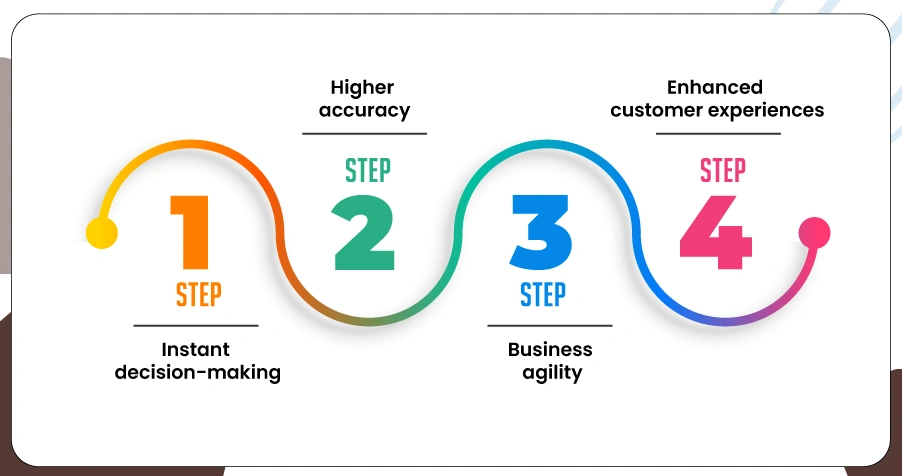
Traditional static data extraction methods are helpful for research, reporting, or periodic analysis. But in today’s fast-paced environment, where stock prices shift in seconds, consumer preferences change instantly, and competitive actions occur in real-time, relying solely on static methods can mean missed opportunities. Businesses that need to react immediately cannot afford the delays associated with outdated approaches.
Real-Time Scraping ensures a steady stream of live insights, enabling organizations to respond at every critical moment. With Real-Time Web Scraping Techniques, decision-makers gain the confidence, speed, and accuracy needed to act effectively.
Key benefits include:
- Instant decision-making: Access information the moment it’s generated, enabling fast, data-driven responses.
- Higher accuracy: Reduce reporting delays and capture precise, up-to-the-second insights.
- Business agility: React quickly to market fluctuations, competitor moves, or operational challenges.
- Enhanced customer experiences: Deliver fresh, updated content and personalized interactions that keep users engaged.
The true power of Real-Time Scraping: lies in its ability to continuously stream dynamic information rather than relying on repetitive polling. This approach not only saves resources but also enhances workflow efficiency, giving businesses the operational speed needed to compete in highly dynamic markets.
Understanding the Core Concepts of WebSockets
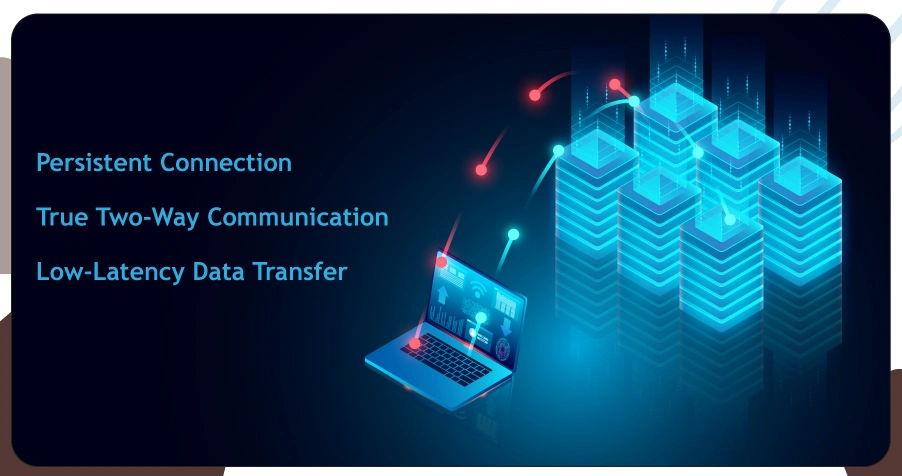
Efficiently Scrape Real-Time Data From WebSocket For Fast Data Access:. It’s essential first to build a clear understanding of how WebSockets function. This technology differs from traditional HTTP protocols in several crucial ways, making it ideal for scenarios where speed, accuracy, and constant updates are critical.
Persistent Connection
Unlike traditional HTTP protocols, where each request is followed by a response and then the connection closes, WebSockets maintain a continuous channel. This uninterrupted connection ensures data can flow seamlessly without repeated handshakes.
True Two-Way Communication
WebSockets allow both the client and the server to exchange messages at any time. This bidirectional communication removes dependency on request-driven exchanges, making interactions faster and more dynamic.
Low-Latency Data Transfer
Because the connection remains open, WebSockets eliminate unnecessary overhead. This setup significantly reduces latency, allowing near real-time synchronization and data updates with minimal delay.
Because of these qualities, WebSockets have become a preferred choice across industries requiring seamless synchronization. From financial trading systems and Scraping Live Market Data: to real-time chat platforms, online multiplayer gaming, and IoT dashboards, WebSockets deliver unmatched efficiency in handling continuous data streams.
Benefits of Using WebSockets for Data Extraction
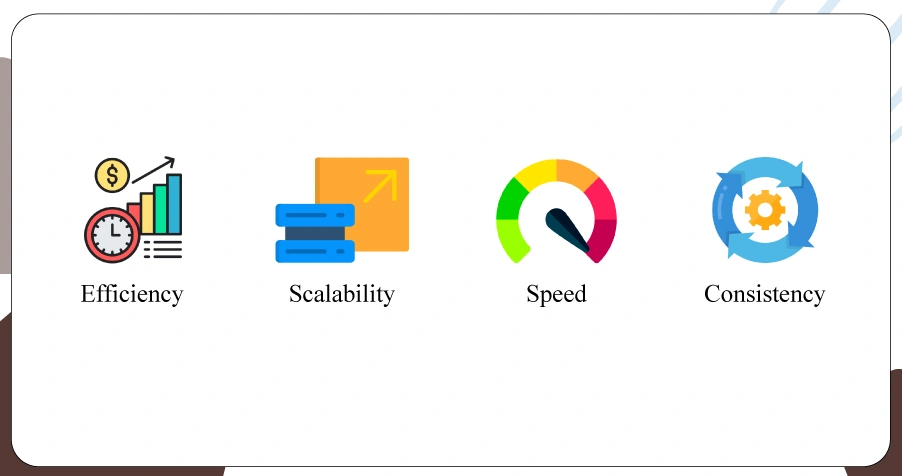
Enterprises are adopting WebSockets for data extraction due to their efficiency and speed. Unlike repeated request-based methods that waste time and resources, WebSockets create a continuous two-way communication channel. This approach ensures faster delivery of insights, making it a preferred method when using advanced tools like WebSocket Scraper Python: for real-time data capture.
Key benefits include:
- Efficiency: Since there’s no need to send repeated requests, WebSockets minimize server load and reduce bandwidth consumption. This makes them highly cost-effective for businesses handling large-scale, continuous data streams.
- Scalability: WebSockets are designed to manage thousands of concurrent connections seamlessly, enabling enterprises to process and distribute vast volumes of dynamic data without performance bottlenecks.
- Speed: With updates delivered in milliseconds, organizations can rely on WebSockets to ensure that fast-changing datasets—such as pricing, financial, or inventory data—are always up to date.
- Consistency: WebSockets provide structured and semi-structured information through stable pipelines, ensuring data accuracy and reliability across decision-making systems.
For businesses where real-time decision-making is vital, these pipelines ensure continuous synchronization with live data. This accuracy keeps strategic insights, predictive models, and workflows reliable and actionable while enabling teams to Extract Data From Live Feeds: seamlessly.
Key Challenges While Scraping Real-Time Data From WebSocket
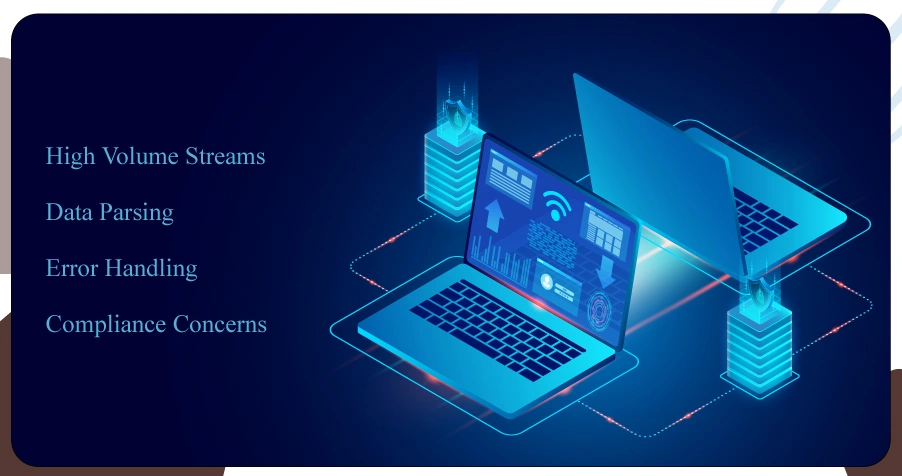
When you begin scraping live channels, it’s essential to understand that the process comes with unique complexities. Unlike static data extraction, live streams operate in real time, which introduces technical, structural, and compliance-related hurdles.
Some of the most common challenges include:
- High Volume Streams: Live channels generate a continuous flow of data, often at a massive scale. Handling this constant influx without losing speed or accuracy requires a robust infrastructure capable of real-time processing.
- Data Parsing: Extracting meaningful insights from structured or deeply nested streams can be tricky. The challenge lies in cleaning, organizing, and transforming raw data into usable formats that align with analytical needs.
- Error Handling: Live environments are unpredictable. You may encounter issues such as dropped connections, unstable bandwidth, or server throttling. Without strong error management strategies, these interruptions can compromise the reliability of your extracted data.
- Compliance Concerns: Beyond the technical aspects, adhering to platform-specific usage terms and legal frameworks is critical. Missteps in compliance can lead to service disruptions or even legal complications.
Successfully overcoming these challenges demands more than just basic scraping techniques—it requires a combination of well-structured system design, advanced tooling, and scalable architecture tailored for real-time environments.
Proven Methods to Scrape Real-Time Data From WebSocket
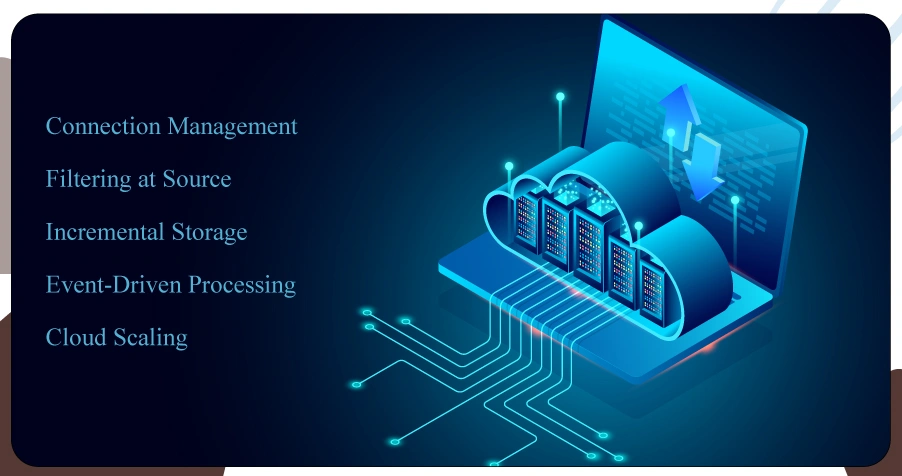
Achieving efficiency in real-time scraping depends on a well-structured technical setup and streamlined workflows. These approaches, including the WebSocket Scraping API Alternative:, help improve performance, scalability, and reliability while keeping data extraction sustainable as demands increase.
Below are proven methods that enhance efficiency and ensure seamless operations:
- Connection Management: Establishing stable and fault-tolerant WebSocket connections is critical. A resilient connection prevents unnecessary downtime and ensures continuous data flow without interruptions.
- Filtering at Source: By subscribing only to specific channels or topics, systems can significantly reduce noise and process only the most relevant insights.
- Incremental Storage: Storing data in smaller, manageable batches rather than waiting for bulk processing helps optimize database performance and minimizes latency during high-volume traffic.
- Event-Driven Processing: Leveraging asynchronous pipelines ensures that each new WebSocket message triggers immediate action. This approach supports faster insights and real-time decision-making.
- Cloud Scaling: For enterprises handling large-scale data extraction, distributing workloads across cloud-based servers enhances both scalability and reliability while maintaining high performance.
By applying these methods, organizations can streamline their data extraction pipelines, reduce operational bottlenecks, and ensure that scraping real-time data from WebSocket delivers consistent value as data demands grow.
The Role of Tutorials and Learning
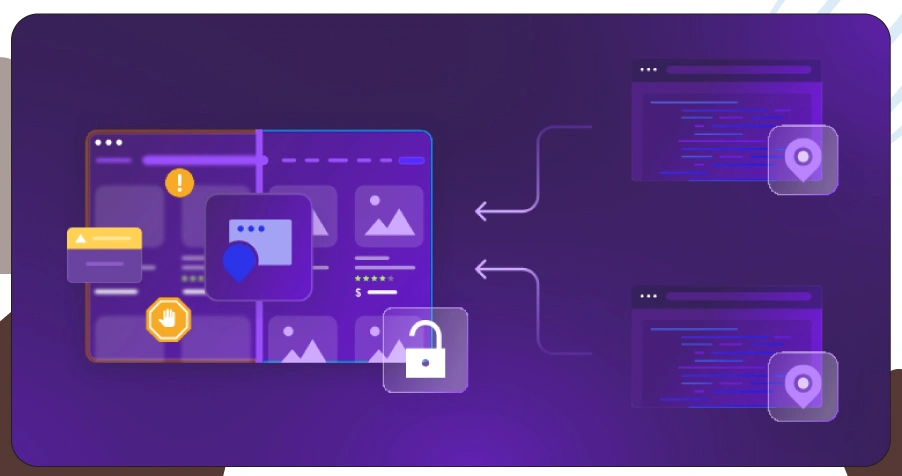
Adopting any new technology becomes easier when professionals have access to structured learning paths. For many teams, a WebSocket Data Scraping Tutorial: serves as the foundation for building real-time scraping expertise. These tutorials guide users step by step through critical concepts such as establishing persistent connections, handling authentication layers, and parsing incoming data streams.
Beyond tutorials, organizations also adopt Real-Time Web Scraping Techniques to optimize performance. Strategies like buffering incoming messages, batching data for processing, or executing tasks in parallel significantly improve efficiency. When combined, practical learning resources and advanced techniques accelerate adoption while reducing trial-and-error overhead.
WebSocket vs HTTP Scraping: Choosing the Right Path for Real-Time Data
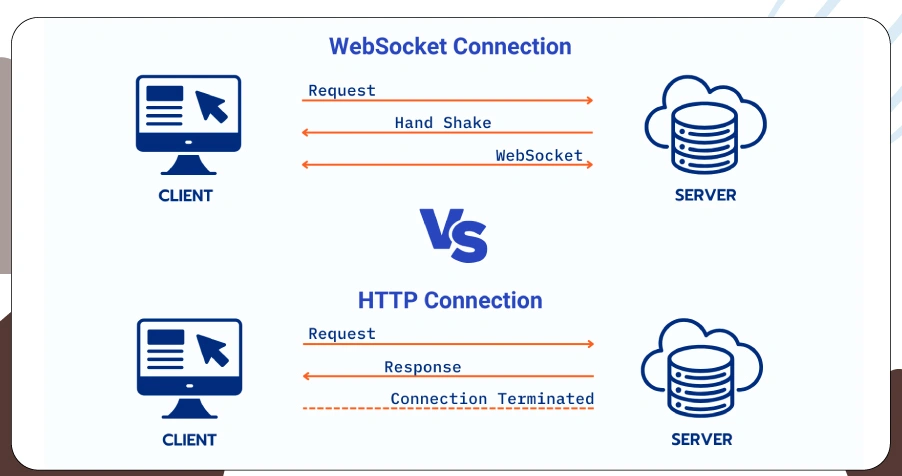
The most common comparison comes down to WebSocket vs HTTP Scraping:. Both methods have unique advantages, but the right choice depends on whether your goal is fast, continuous synchronization or periodic data retrieval.
- HTTP scraping is well-suited for static or periodically updated information, where occasional snapshots of data are sufficient.
- WebSockets, on the other hand, are designed for continuous, dynamic streams of information—ideal for financial tickers, live sports scores, or real-time monitoring systems.
- While HTTP creates multiple requests to fetch updates, WebSocket connections remain open, ensuring a seamless flow of data without repeated overhead.
For organizations where milliseconds matter, WebSockets deliver superior efficiency, reduced latency, and optimized bandwidth consumption, making them the go-to approach for fast, real-time synchronization.
Quick Comparison: WebSocket vs HTTP Scraping
| Aspect | HTTP Scraping | WebSocket Scraping |
|---|---|---|
| Data Type | Static or periodic updates | Continuous, real-time streams |
| Connection | Requires repeated requests | Single persistent connection |
| Efficiency | Higher overhead and latency | Low latency, efficient bandwidth use |
| Best Use Case | Periodic snapshots, static content | Live updates, dynamic data feeds |
Key Use Cases of Scraping Real-Time Data From WebSocket
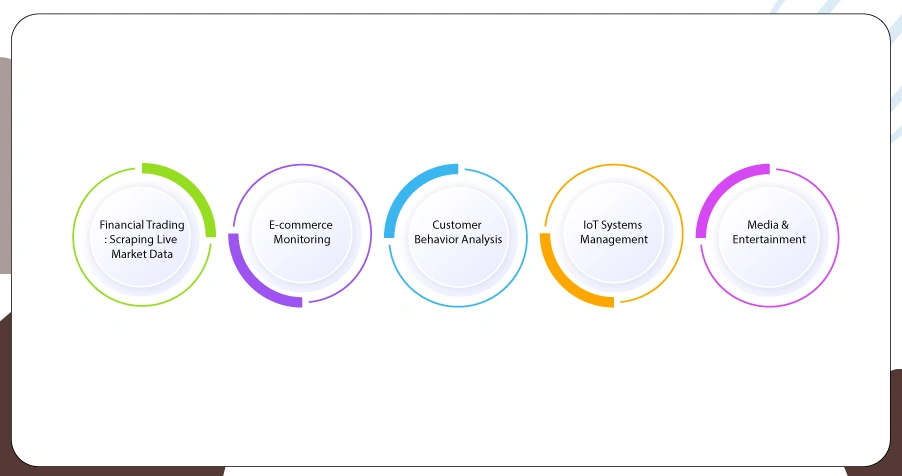
The ability to Scrape Real-Time Data From WebSocket: goes beyond just technical speed—it drives more intelligent decision-making across diverse industries. This approach ensures instant access to continuously changing information, allowing businesses to react with precision and agility.
Below are some of the most impactful applications:
- Financial Trading: Scraping Live Market Data: enables traders and analysts to track stock fluctuations, forex movements, and cryptocurrency prices instantly, ensuring trading strategies are based on accurate, up-to-the-second insights.
- E-commerce Monitoring: Online retailers rely on WebSocket scraping to track inventory shifts, flash sales, and real-time price updates, helping them respond immediately to competitor changes or customer demands.
- Customer Behavior Analysis: By capturing live interactions across digital platforms, businesses can study user journeys, clicks, and browsing activity in real time, supporting targeted personalization and improving user experience.
- IoT Systems Management: In connected ecosystems, continuous data scraping from IoT sensors provides valuable insights into device activity, performance, and alerts, enabling proactive responses and predictive maintenance.
- Media & Entertainment: Streaming services, sports platforms, and digital publishers use real-time scraping to sync live scores, trending news updates, or social media conversations, keeping users engaged without delays.
In practice, organizations also adopt WebSocket-driven methods to Extract Data From Live Feeds: for internal analytics dashboards, AI-driven applications, and external services that demand uninterrupted, high-frequency data delivery.
Building With the Right Tools
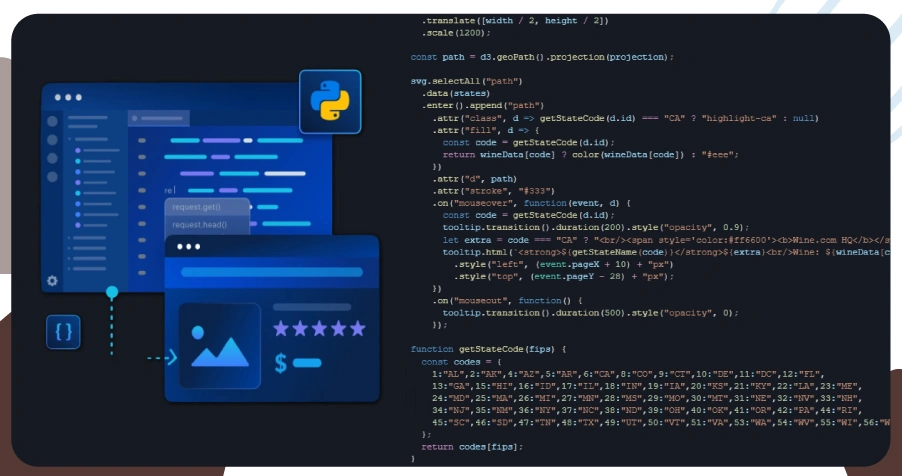
The choice of technology stack often determines the success of real-time scraping systems. Many developers prefer WebSocket Scraper Python: solutions because of Python’s flexibility and strong ecosystem. Libraries like asyncio and websockets streamline authentication, ensure secure connections, and simplify the parsing of incoming messages.
Another layer of value is added when teams integrate streaming pipelines that generate Real-Time Analytics From WebSocket:. Instead of passively storing scraped data, businesses can immediately analyze it, unlocking insights within seconds. This real-time loop between acquisition and analytics transforms reactive workflows into proactive, data-driven strategies.
How ArcTechnolabs Can Help You?
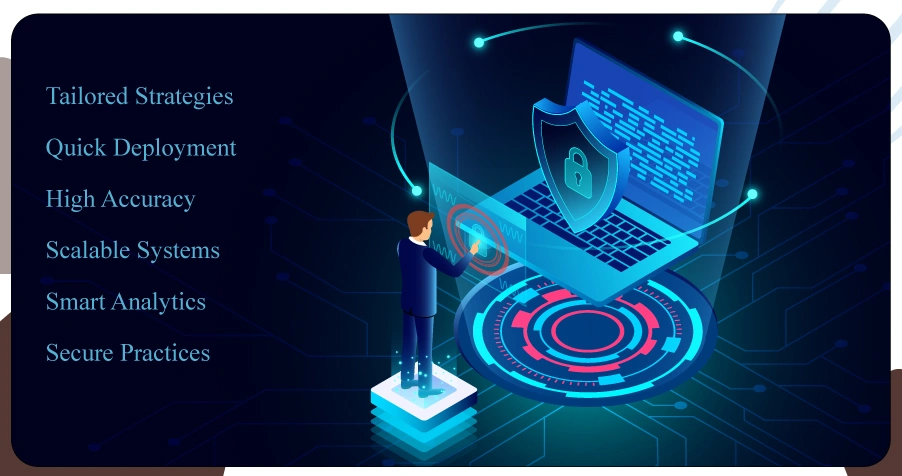
We design advanced solutions to Scrape Real-Time Data From WebSocket: efficiently, ensuring businesses access live information without delays. Our approach blends technical expertise with industry-specific strategies to help organizations capture and analyze dynamic data streams with precision.
Here’s how we support your data needs:
- Tailored Strategies: to match your industry needs.
- Quick Deployment: with expert setup and automation.
- High Accuracy: with verified and structured data delivery.
- Scalable Systems: to handle multiple live feeds.
- Smart Analytics: for actionable insights.
- Secure Practices: aligned with compliance standards.
By combining technical expertise with industry knowledge, we help companies streamline processes and achieve faster decisions. With our support, you also gain access to modern approaches, such as the WebSocket Data Scraping Tutorial:, for better understanding and implementation.
Conclusion
In today’s fast-moving digital landscape, the ability to Scrape Real-Time Data From WebSocket: gives businesses a competitive edge by ensuring instant, accurate, and reliable information flow. From financial markets to e-commerce and logistics, real-time access empowers organizations to act with precision and agility.
We specialize in delivering efficient, scalable, and future-ready solutions, including support for WebSocket Scraping API Alternative to fit diverse industry needs. Contact ArcTechnolabs today to build your tailored real-time data strategy, transform your insights into actions, and accelerate business growth with confidence.







